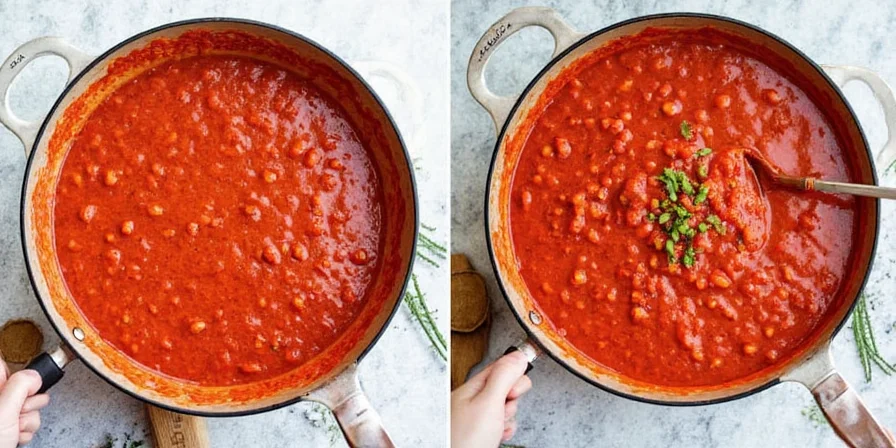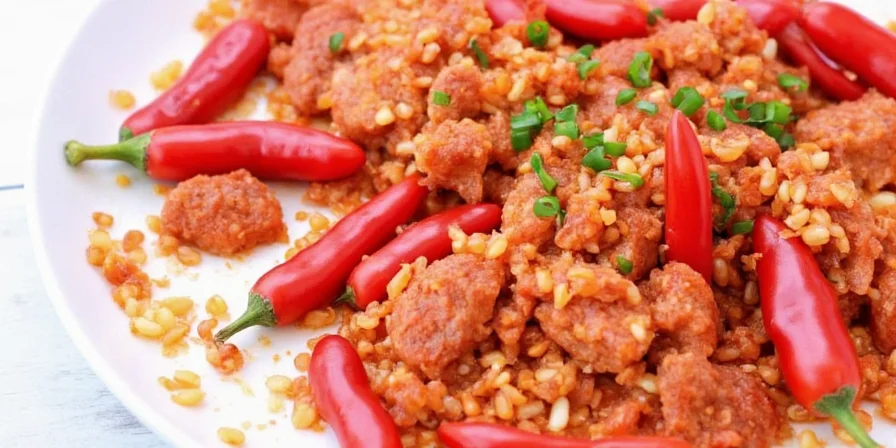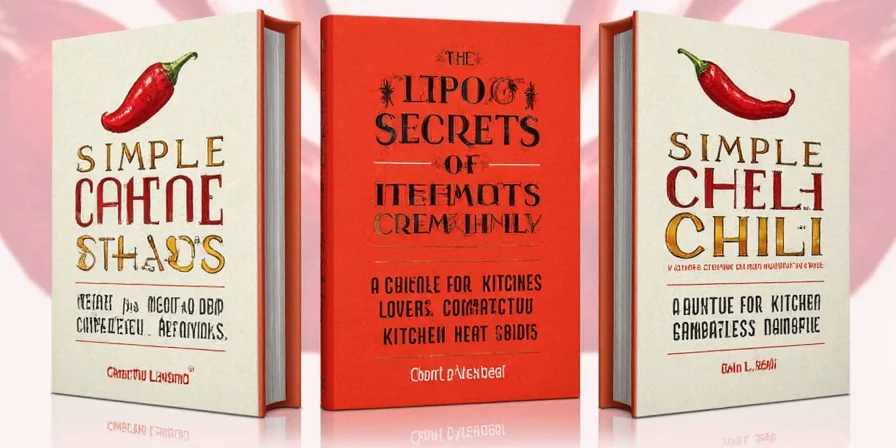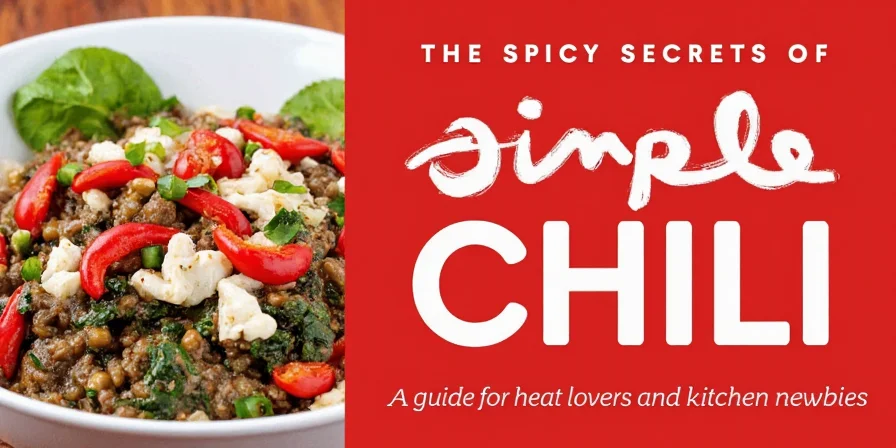Looking for a genuinely simple chili recipe that delivers big flavor with minimal effort? This guide gives you a foolproof 3-ingredient chili preparation that takes just 15 minutes and uses pantry staples you already have. Perfect for weeknight dinners when you need something delicious fast.
Simple Chili That Actually Works
Forget complicated recipes requiring specialty ingredients. This basic chili method uses only canned beans, tomatoes, and chili powder - but delivers restaurant-quality flavor through one crucial technique: layering spices properly. The secret? Bloom your spices in oil before adding liquids to unlock maximum flavor.
| Chili Name | Best For Simple Recipes | Heat Level | Where to Find |
|---|---|---|---|
| Chili Powder | All-purpose base | Mild | Pantry staple |
| Cayenne Pepper | Quick heat boost | Hot | Pantry staple |
| Chipotle Powder | Smoky depth | Medium | Spice aisle |
| Hot Sauce | Finishing touch | Variable | Fridge staple |

Your 3-Ingredient Simple Chili Recipe
This is the easiest chili recipe you'll ever make - ready in just 15 minutes with ingredients you likely already have:
What You Need
- 2 cans (15oz) kidney beans, drained
- 1 can (28oz) crushed tomatoes
- 3 tablespoons chili powder
How to Make It
- Heat 1 tablespoon oil in large pot over medium heat
- Add chili powder and cook 1 minute until fragrant (this blooms the spices)
- Pour in tomatoes and beans, bring to simmer
- Cook 10 minutes, stirring occasionally
- Serve with favorite toppings

| Common Mistake | Why It Happens | Simple Fix |
|---|---|---|
| Flat flavor | Adding spices directly to liquid | Bloom spices in oil first |
| Too thin | Not reducing enough | Cook uncovered 5 extra minutes |
| Too spicy | Adding all heat at once | Add half, then adjust at end |
| Bland beans | Using plain canned beans | Rinse with hot water to activate flavor |
Easy Customizations for Better Chili
Take your simple chili from basic to brilliant with these 2-ingredient upgrades:
- Cheaper version: Use 1 can beans + 1 cup cooked lentils
- Creamier texture: Stir in 1/4 cup sour cream at the end
- Deeper flavor: Add 1 tsp instant coffee with spices
- More protein: Mix in 1 cup cooked ground turkey
Frequently Asked Questions
Can I make simple chili without meat?
Yes! This bean-based recipe is naturally meatless. For extra heartiness, add 1 cup cooked lentils or textured vegetable protein.
How do I fix chili that's too spicy?
Add dairy (sour cream or cheese), acid (lime juice), or sweetness (a pinch of sugar). Start with small amounts and taste as you go.
Can I use fresh chili peppers instead of powder?
Yes. Finely chop 2-3 jalapeños (seeds removed for milder heat) and sauté with the spices. Use about 1 tablespoon chopped peppers per tablespoon of powder.
How long does simple chili keep?
Store in airtight container in refrigerator for up to 4 days. Freeze portions for up to 3 months. Flavor actually improves after 24 hours!
Simple Chili Serving Ideas
Make your simple chili the star of the meal with these easy serving suggestions:
- Classic bowl: Top with shredded cheese and sour cream
- Hot dog topper: Spoon over grilled dogs for chili dogs
- Baked potato filling: Load onto twice-baked potatoes
- Breakfast twist: Serve over scrambled eggs with avocado

Why This Simple Chili Method Works
Most "simple" chili recipes fail because they skip one crucial step: blooming the spices. When you add chili powder directly to liquid, much of the flavor never develops. By toasting the spices in oil first, you extract up to 3x more flavor compounds - transforming basic ingredients into something special without extra time or ingredients.
This technique works because chili powder contains oil-soluble flavor compounds that only release when heated in fat. The science is simple, but the flavor difference is dramatic - turning a potentially bland dish into something restaurant-worthy with zero extra effort.











 浙公网安备
33010002000092号
浙公网安备
33010002000092号 浙B2-20120091-4
浙B2-20120091-4